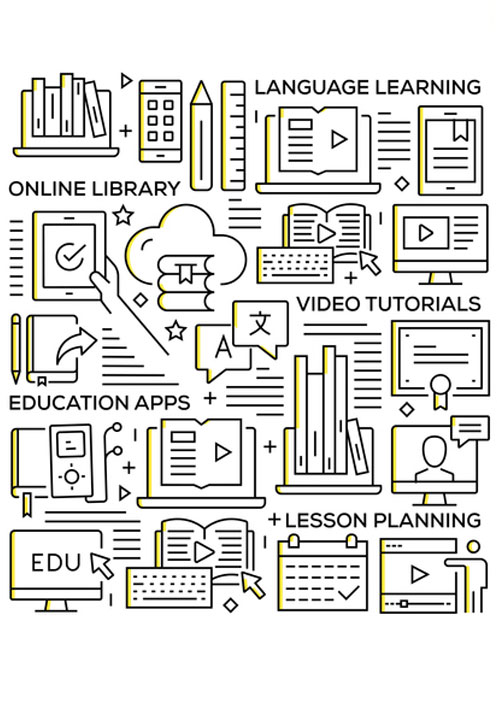As we continue transitioning to a fully online learning environment, keep in mind that students may be facing physical, emotional, cognitive, and financial challenges that can impact motivation, concentration, learning, and performance.
Ensuring that you are healthy physically and mentally is the start to providing an online learning environment where students can continue to thrive. Below are some tips to continue teaching high quality courses in an online environment.
- Remember to practice self-care! It’s ok not to aim for perfection during a time of uncertainty and constantly changing landscapes; give yourself extra time for course planning, be open and honest with students, and expect that mistakes and issues will happen!
- As you support your students, remember to seek support and assistance with technology, one-on-one training, creating educational multimedia content, and transitioning courses to an online format from the Division of eLearning and Professional Studies.
- Use Modules in Canvas to organize course content by week or topic. Modules can give students access to readings, activity descriptions, external links, and assignment submission links all in one place.
- When possible, allow all students additional time to meet deadlines.
- Consider scheduling virtual office hours where you are available for learners to come in with questions rather than relying on them to send emails asking for help.
- Ensure course materials are accessible. Consider using the following guidelines for creating accessible course content:
- Keep equity in mind. Limit synchronous videoconferencing so students with poor internet connections aren’t at a disadvantage. Offering students the flexibility of an asynchronous learning environment may help to reduce stress and encourage participation.
- Determine if videos are necessary. Record lectures and virtual meetings so students can view them later. Provide transcripts and captions of audio and video.
